








ANNA CEEH: „ELL PROUN ONE“, Lightboxes 70x100cm for BREITWIESER Natural Stones, 2022

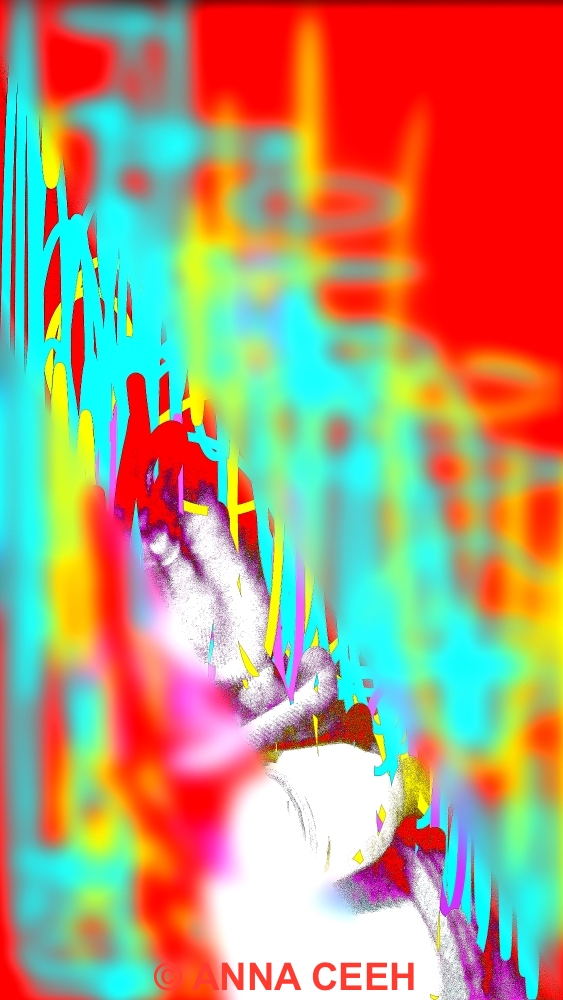
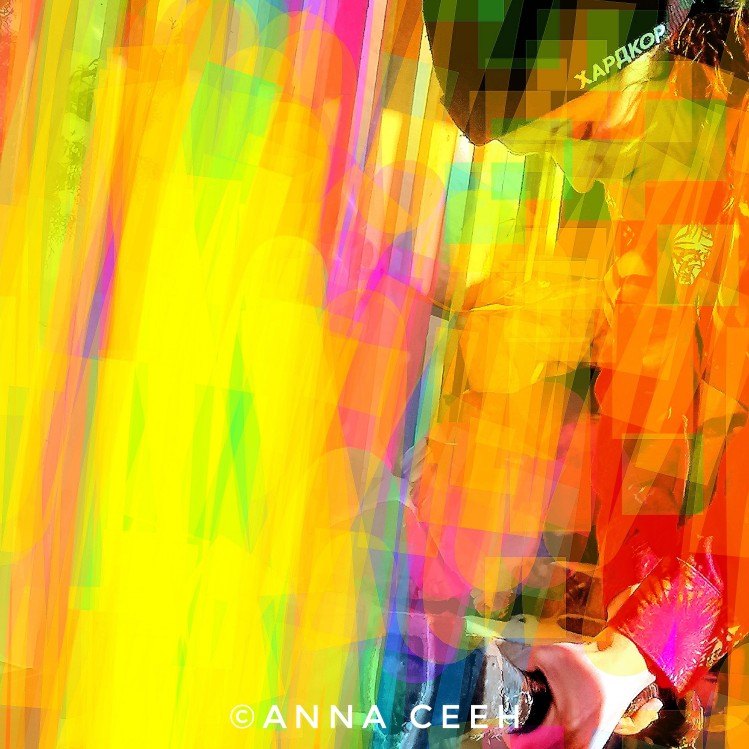

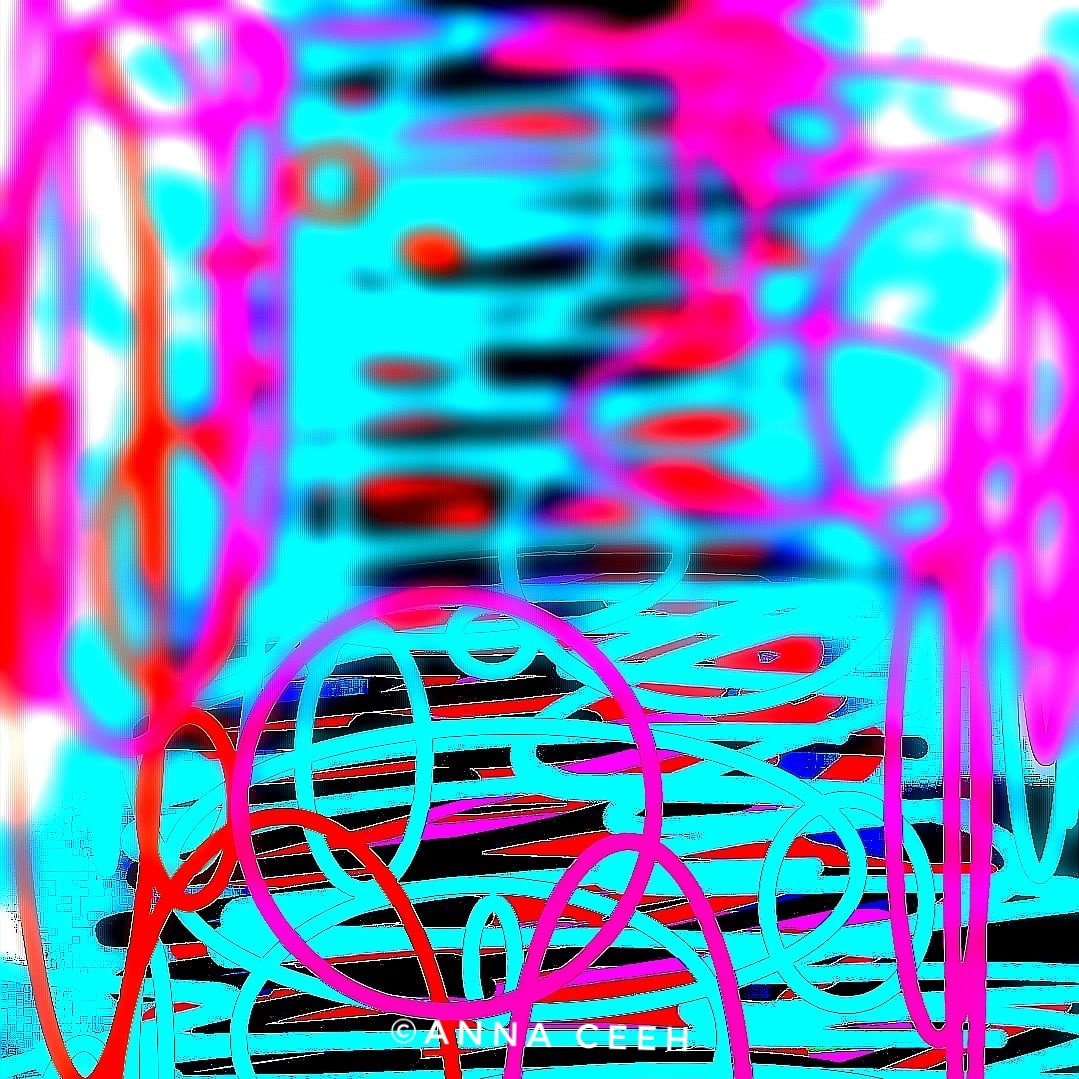
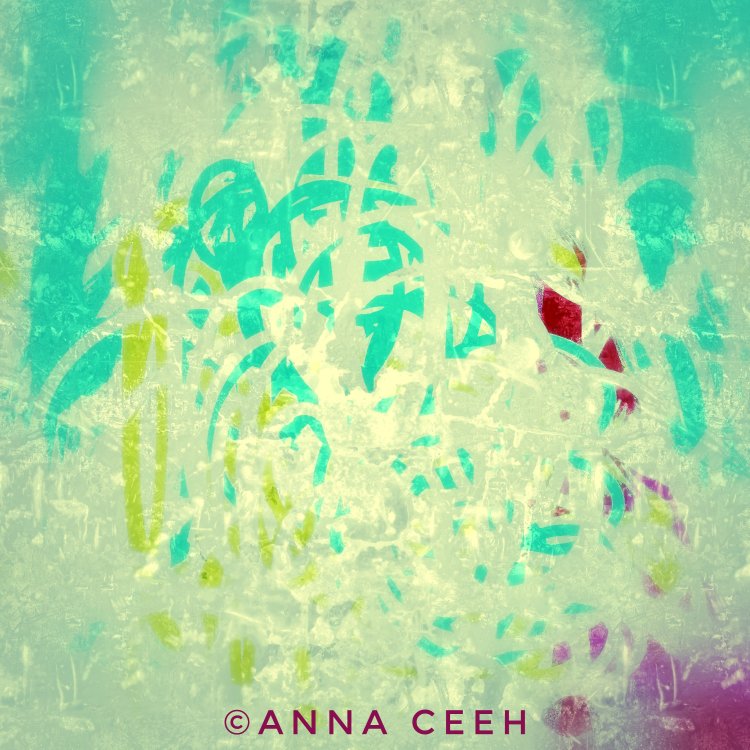
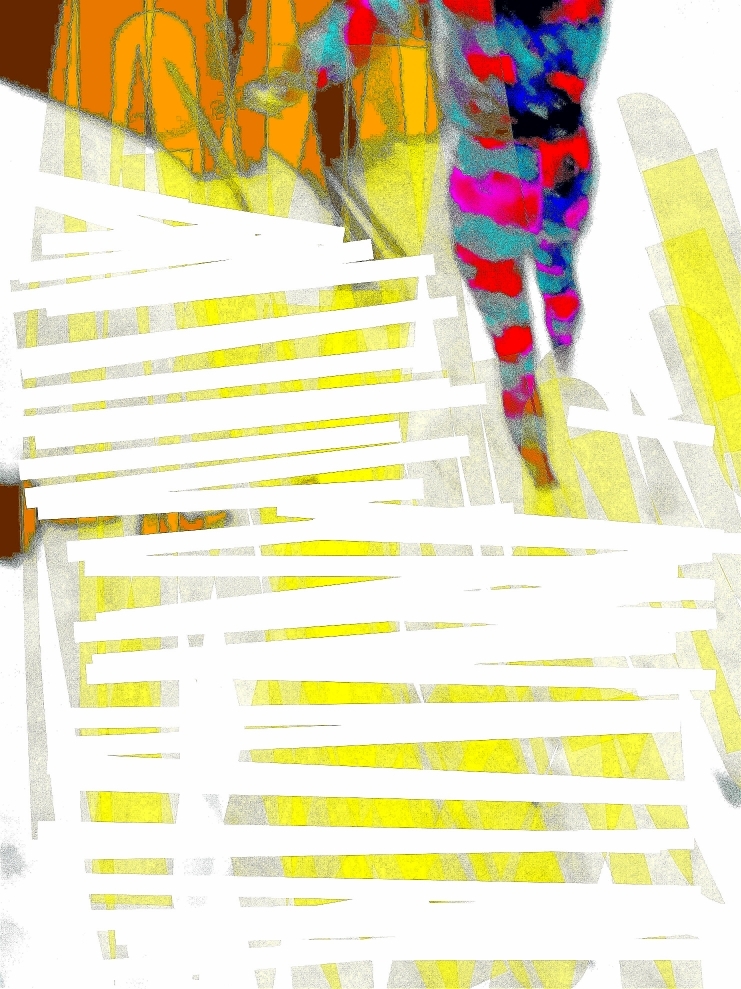
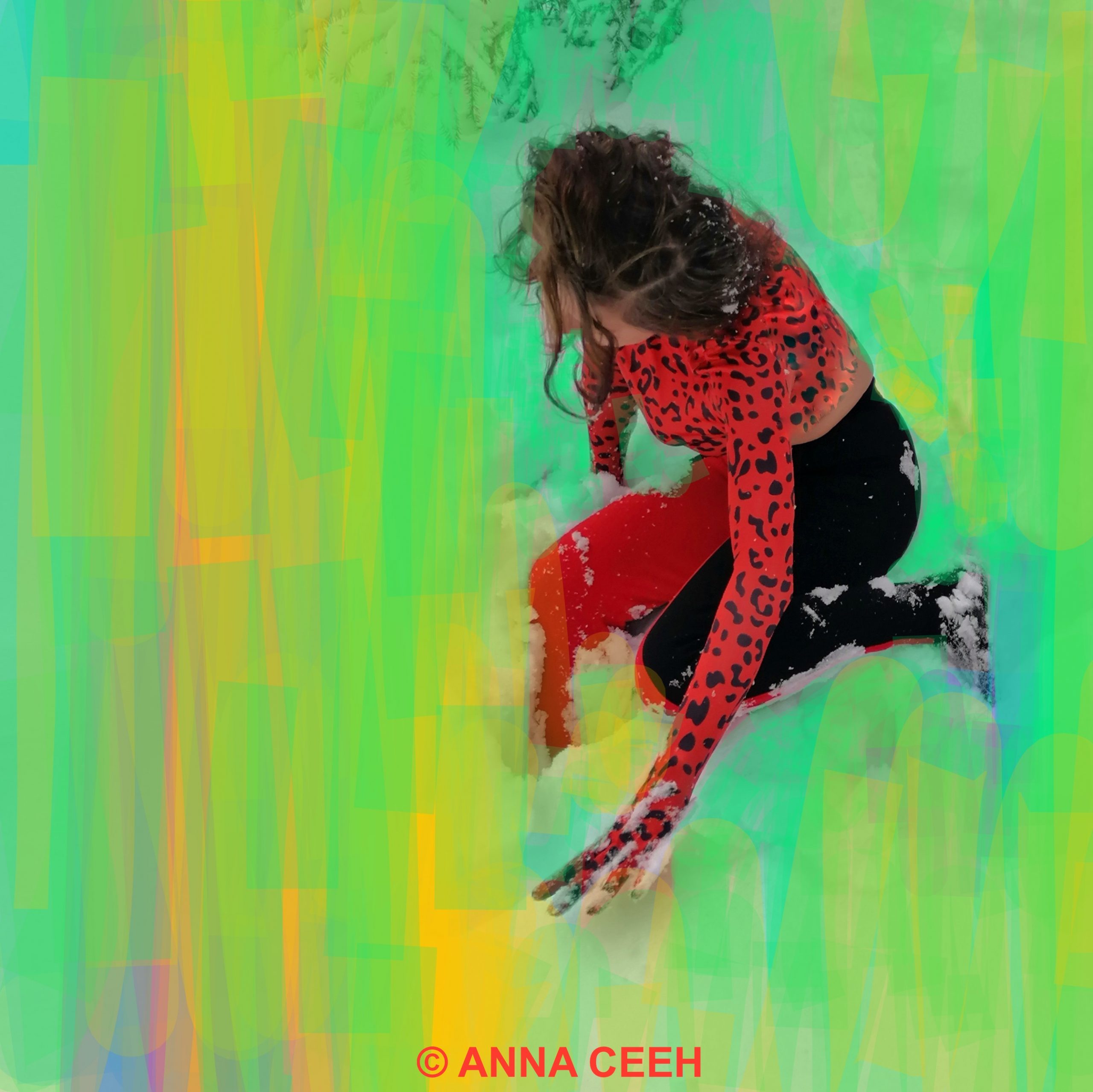

ANNA CEEH “O.R. 21” Digital Paintings, 2021
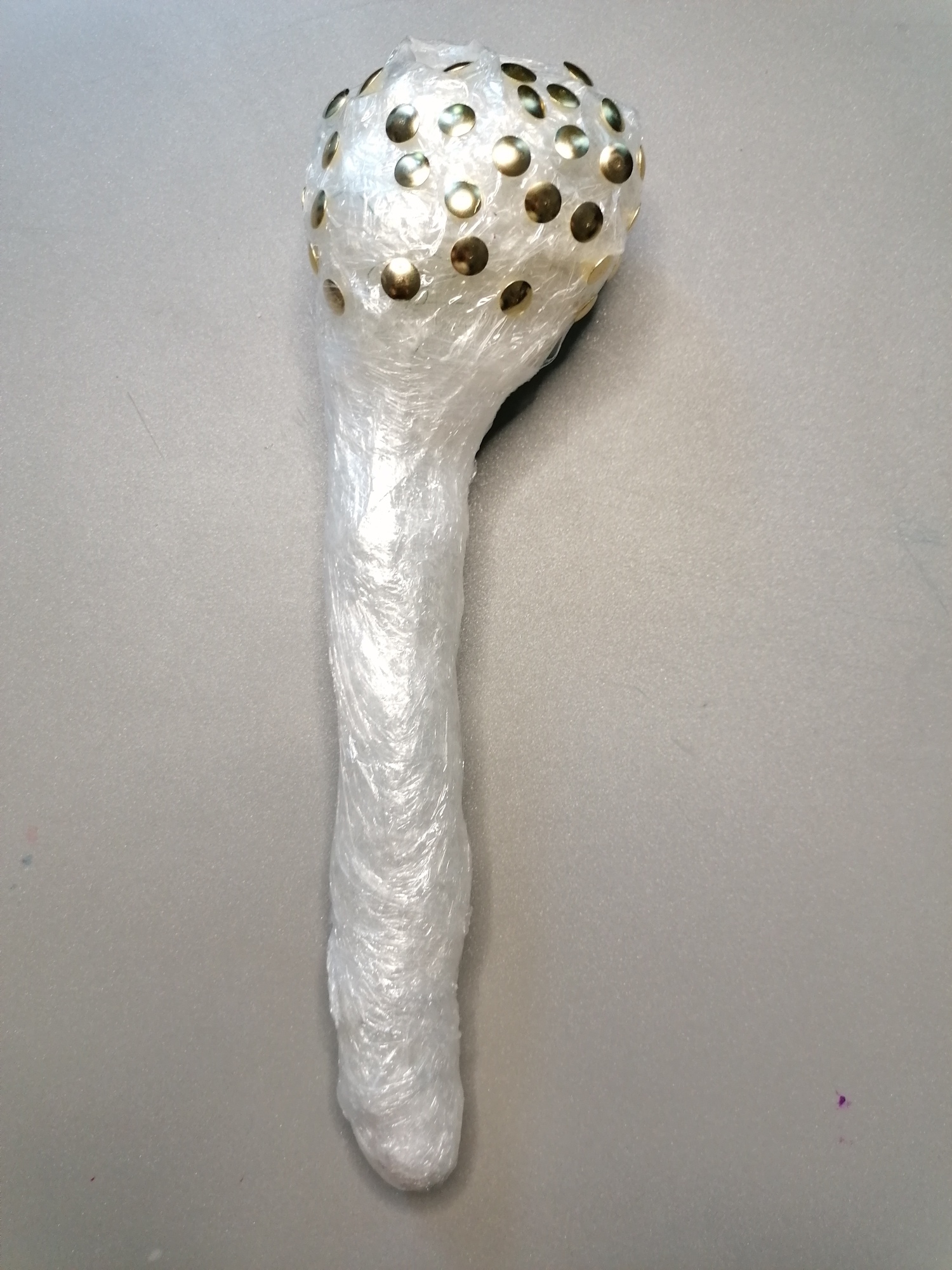
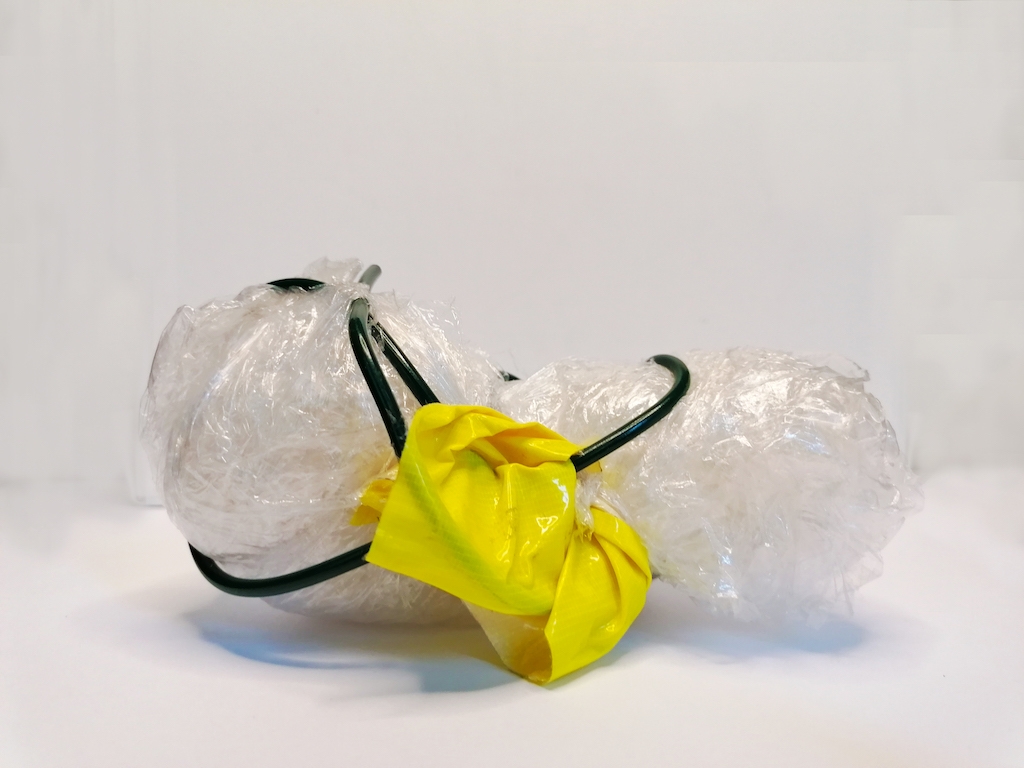

ANNA CEEH x ELL BORGIAS, collaborative objects

ANNA C.E.E.H.: “O.R.* Mexican Light” DIY prints in matt photo paper, 2020


ANNA CEEH: ROSSO (after Dario Argento), DIY prints in matt photo paper, 2020


ANNA CEEH: AustrianAutumn 21120, 2020-2021







ANNA CEEH: Italian Light, 2020


ANNA CEEH: Lebanese Summer 2020, DIY prints on matt paper, 2020



ANNA CEEH: MOTHER_PHRENIA.AnTENATAL_3, 2011

ANNA CEEH-VERBAL1, Mimaki Print on Makrolon
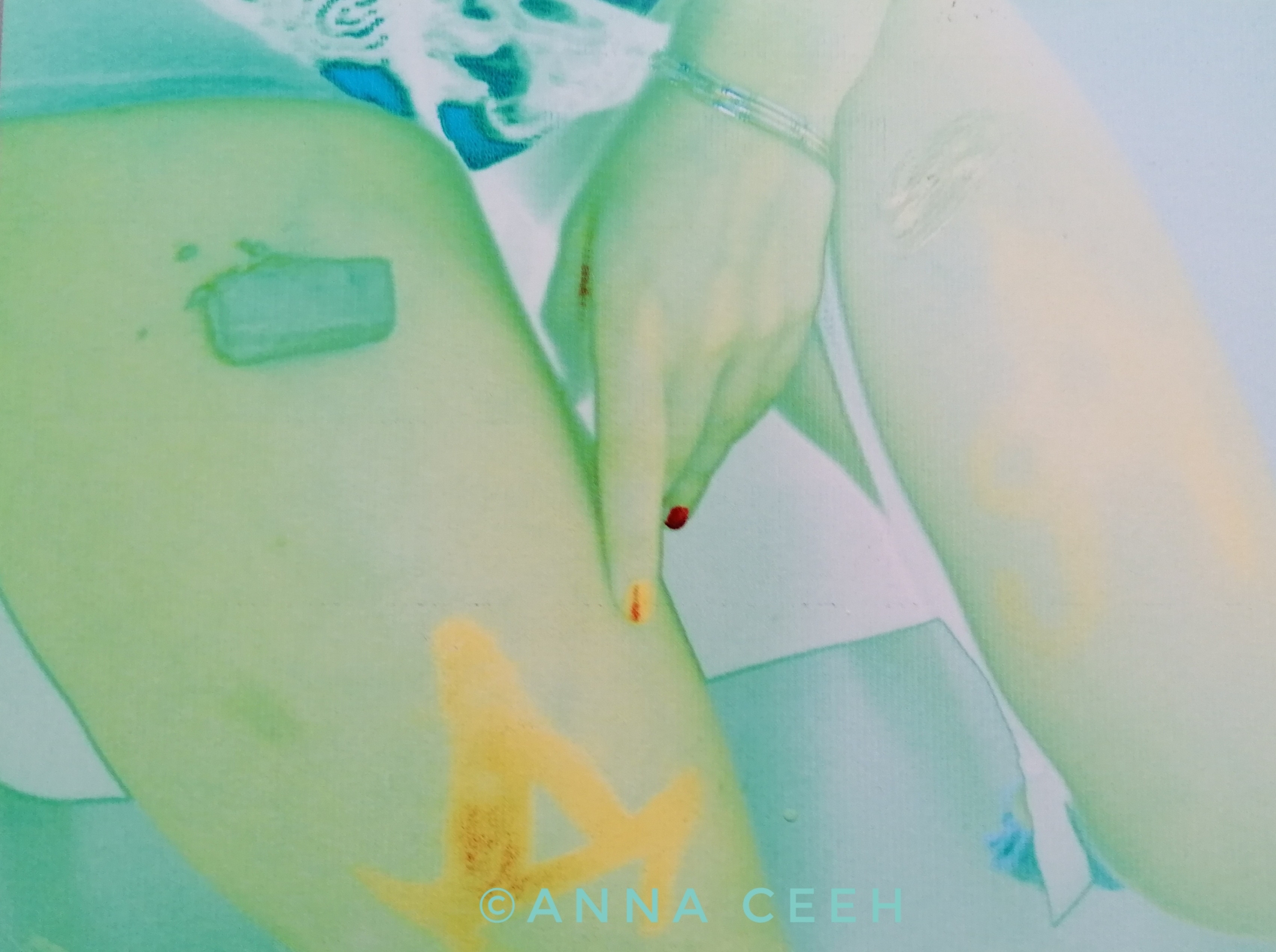


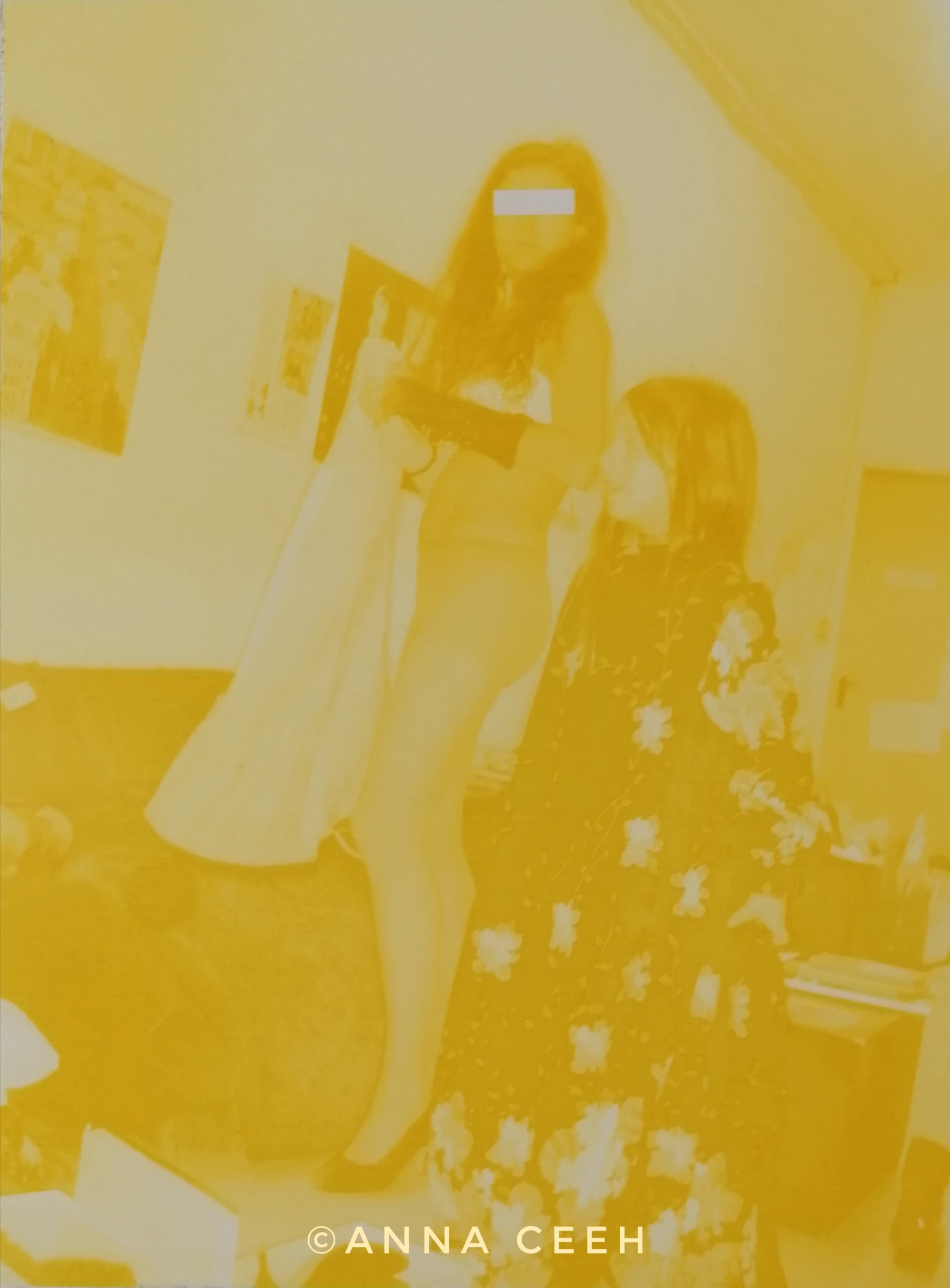
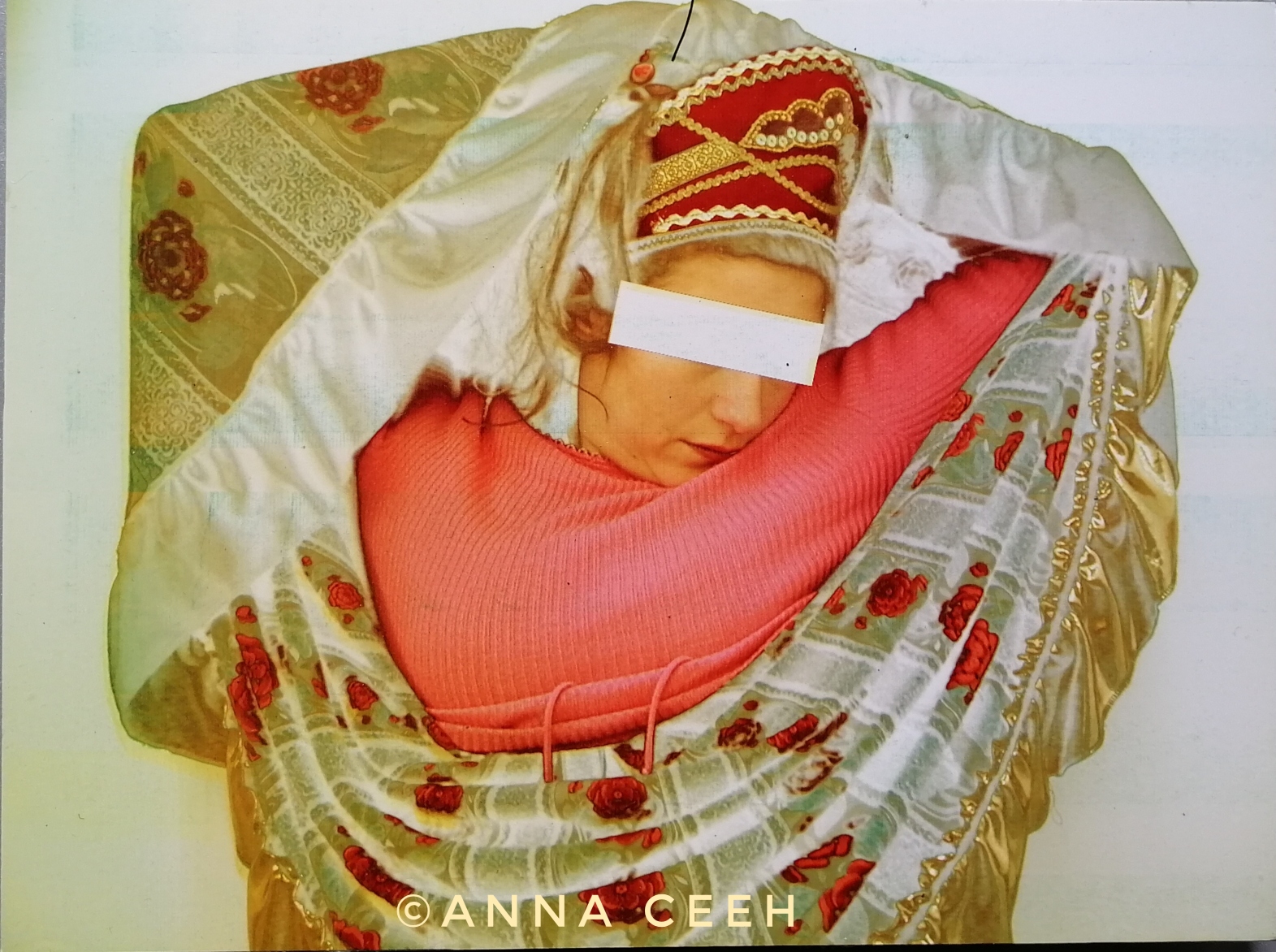
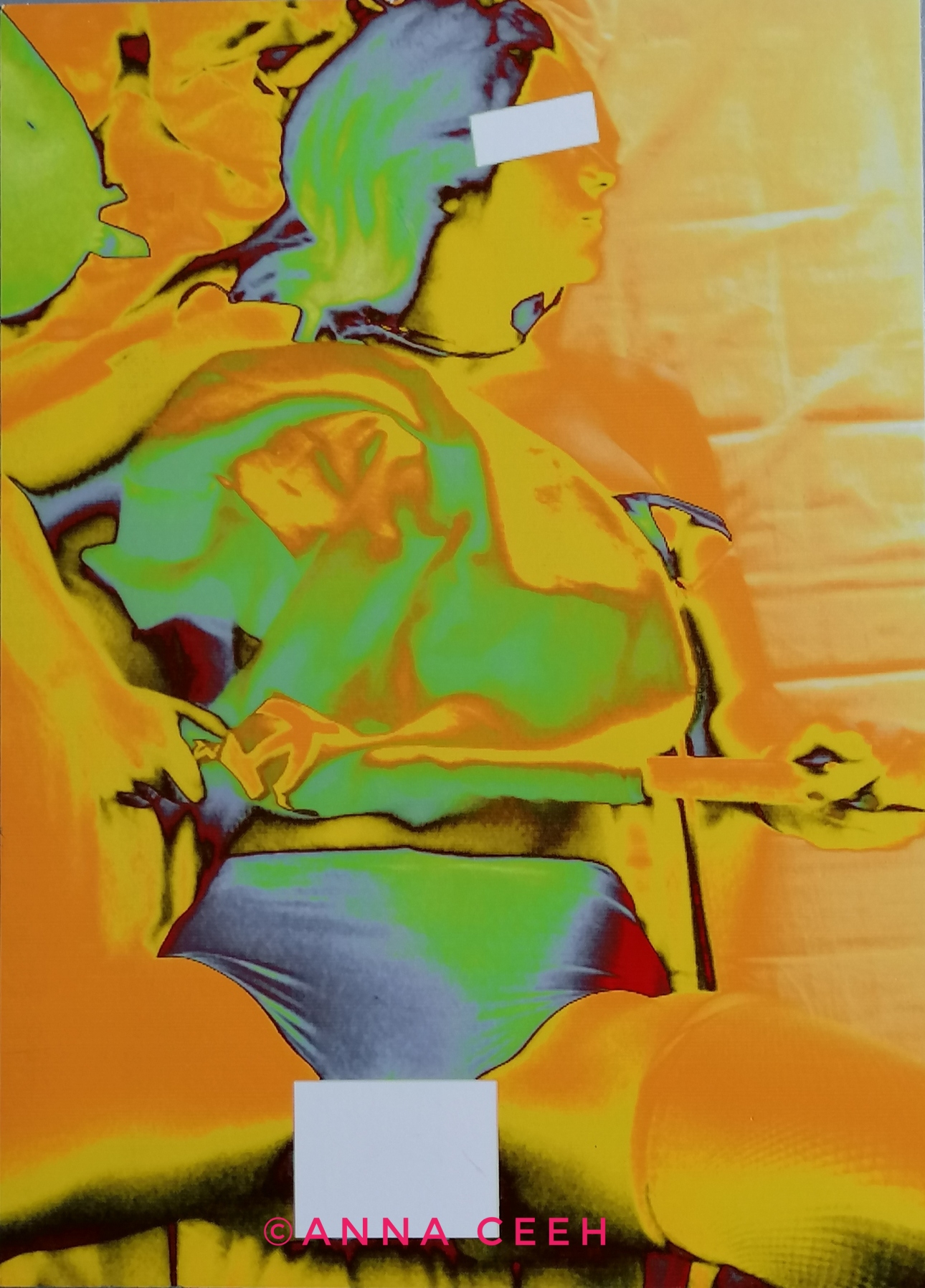

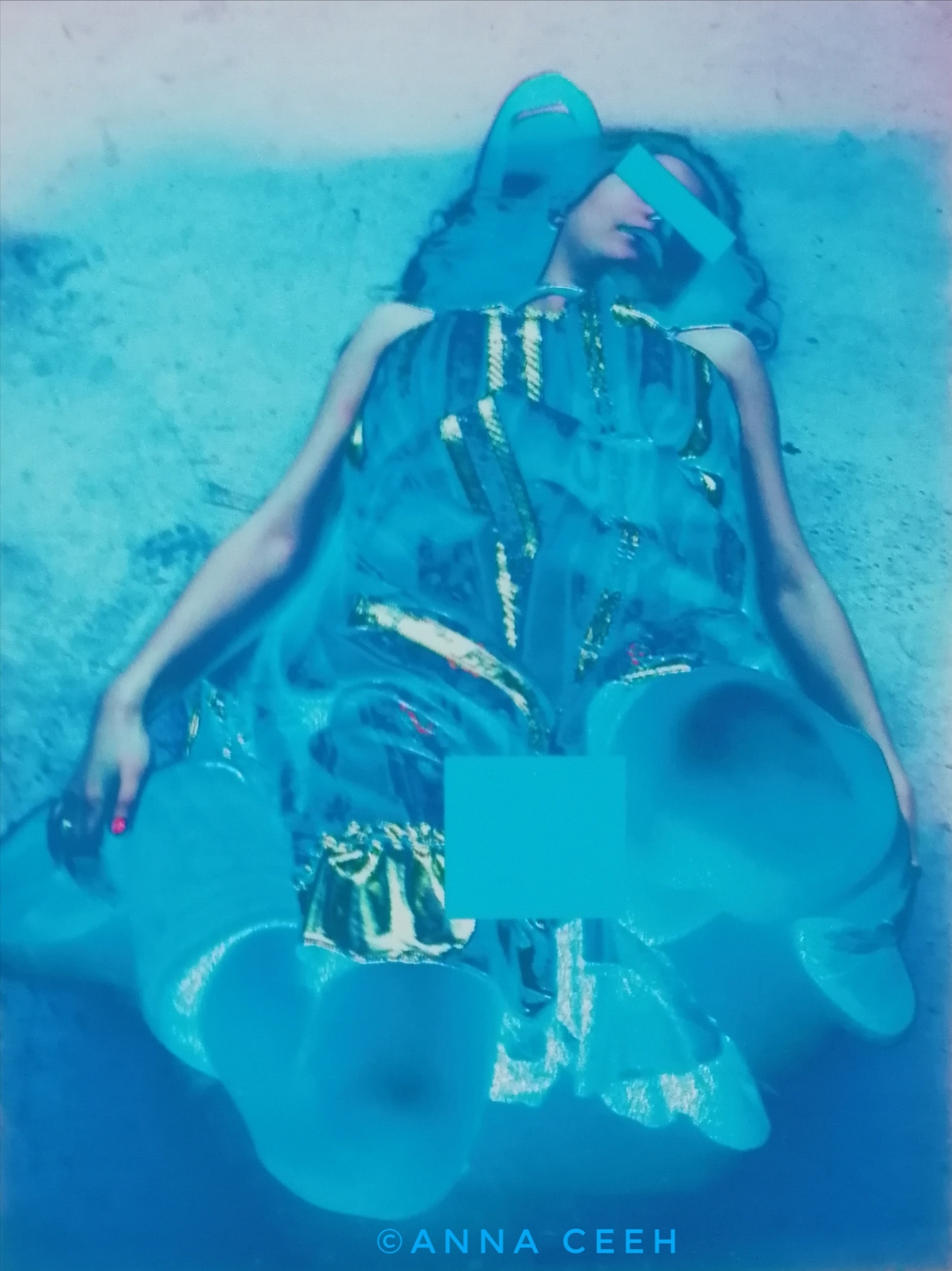

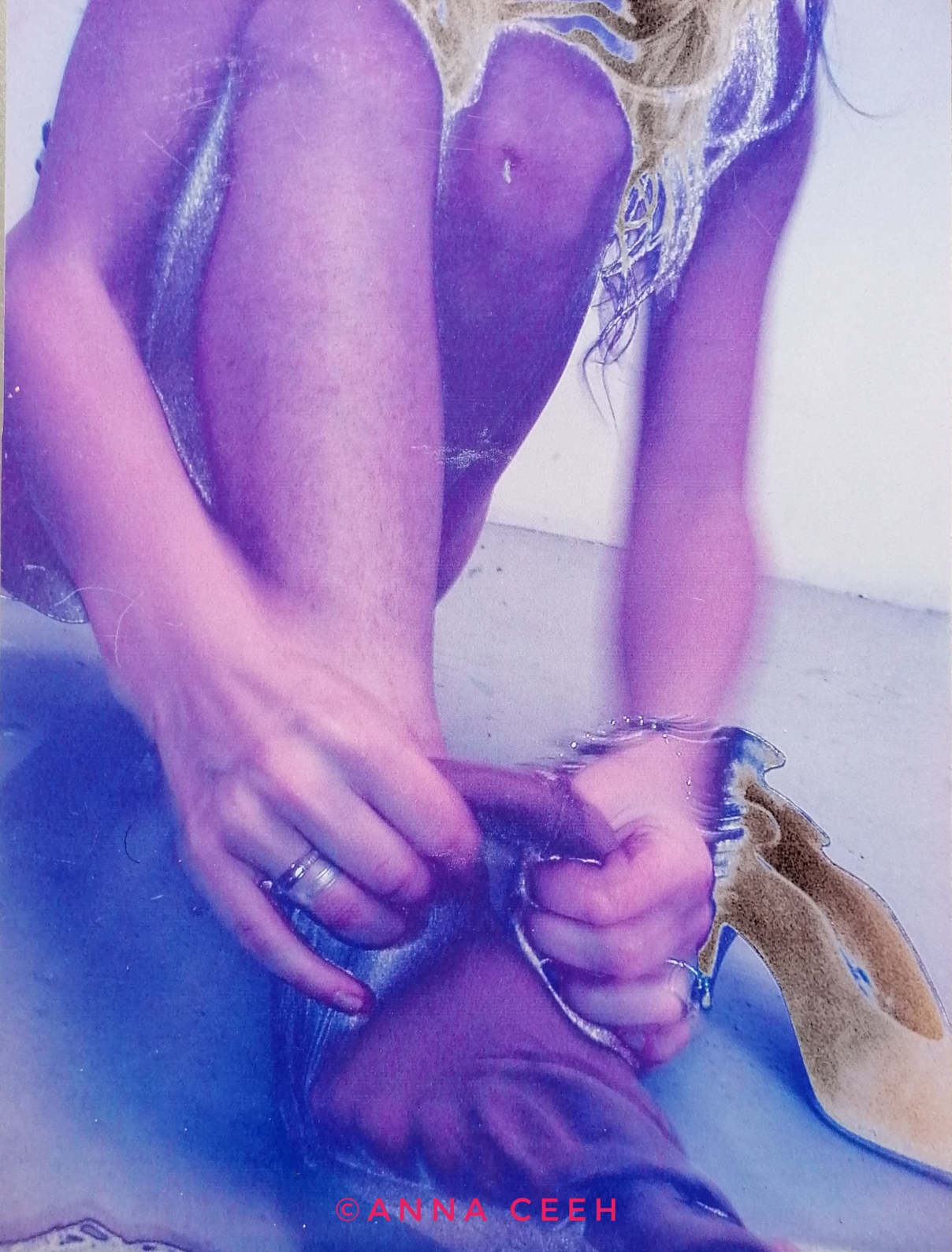

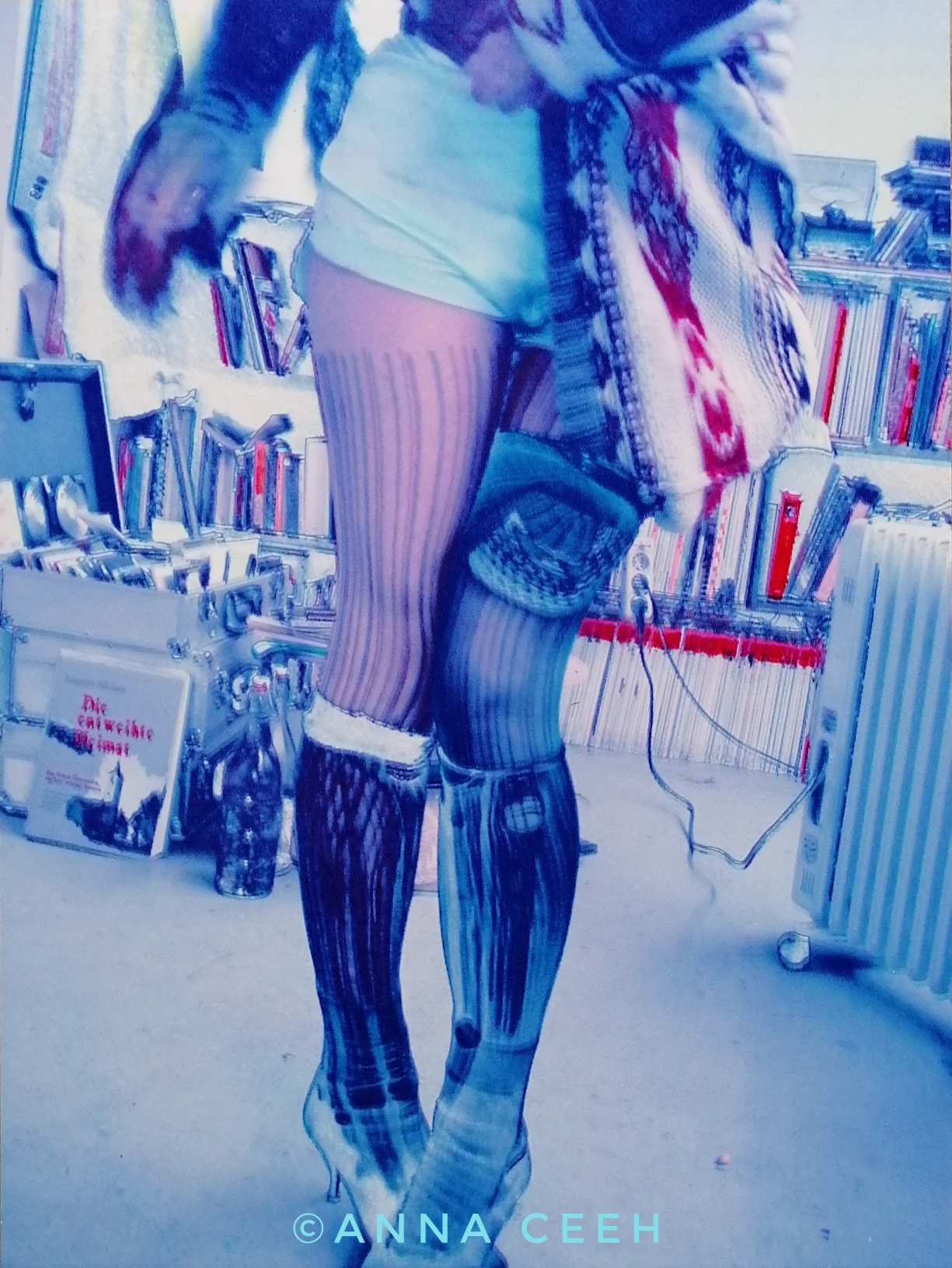
ANNA CEEH: “Ontological Realities” 2004-2006